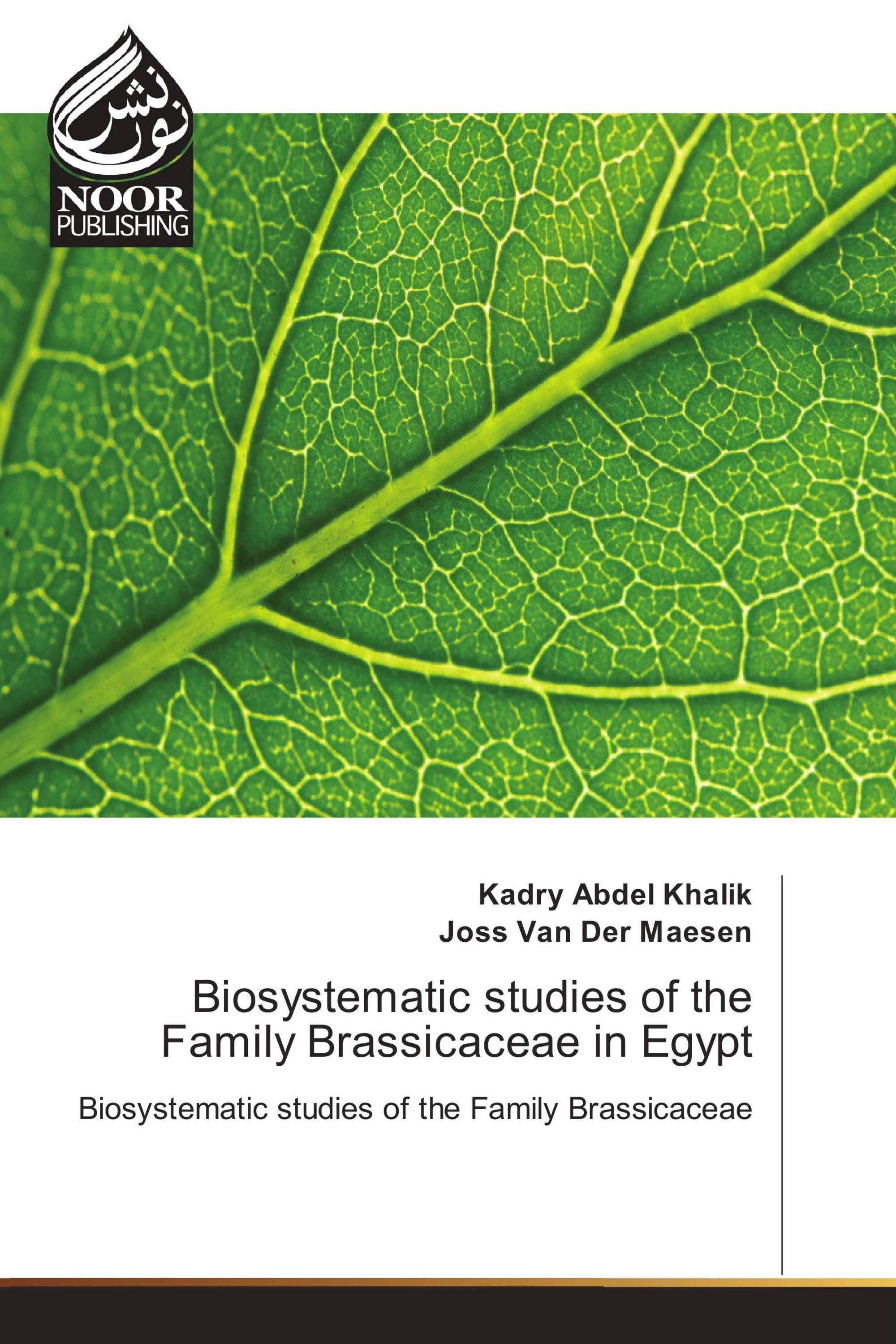Biosystematic studies of the Family Brassicaceae in Egypt
Biosystematic studies of the Family Brassicaceae
Noor Publishing ( 2017-01-12 )
€ 74,90
The family Brassicaceae can be found in nearly all cultivated areas and occupy distributed sites, roadsides, waste grounds throughout the world, but particularly in temperate regions. They are grown as vegetables, oil crop, condiment, medicinal plants or ornamental. Brassica is the most important genus, for it contains several vegetable, salad and medicinal plants. Species cultivated as vegetable and salad plants are Cabbage, Cauliflower, Brussels sprouts,Kale, Broccoli (all considered to be varieties of Brassica oleracea L.), turnip (B. campestris L.), Chinese or Indian mustard (B. nigra (L.) Koch). Other crops include the radish (Raphanus sativus L.), watercress (Nasturtium officinale R. Br.), Eruca (Eruca sativa L.) and cress (Lepidium sativum L.). Cruciferous oil plants play an important role in the economy, especially in India. There are four types of Brassica seed oil: yellow sarson, brown sarson, toria and brown mustard. In the flora of Egypt, Brassicaceae are one of the four largest plant families, represented by about 104 species belonging to 53 genera, assigned to 9 tribes (Boulos 1999)
Book Details: |
|
|
ISBN-13: |
978-3-330-84649-4 |
|
ISBN-10: |
3330846496 |
|
EAN: |
9783330846494 |
|
Book language: |
English |
|
By (author) : |
Kadry Abdel Khalik |
|
Number of pages: |
296 |
|
Published on: |
2017-01-12 |
|
Category: |
Botany |
